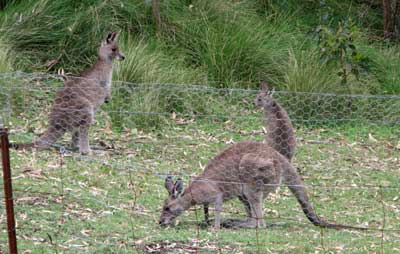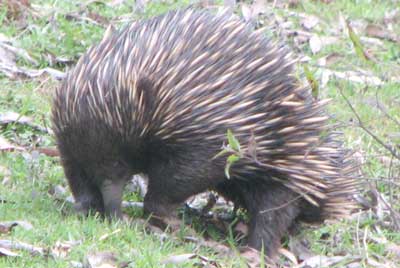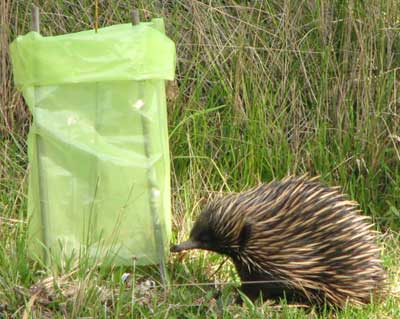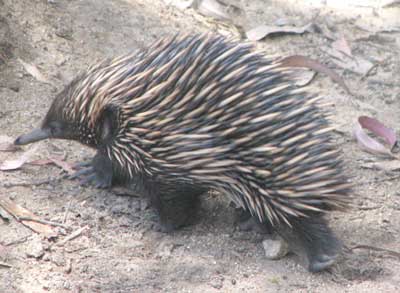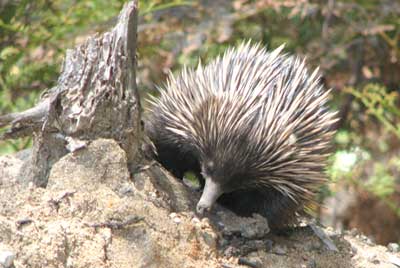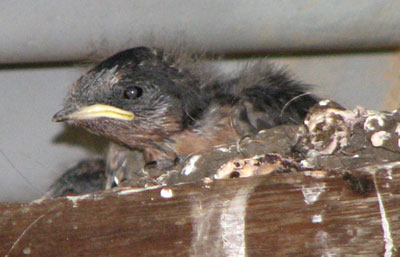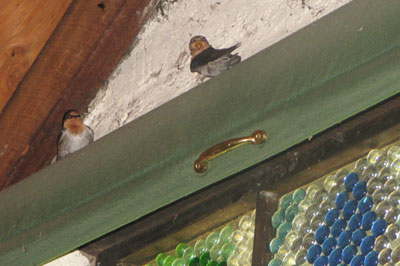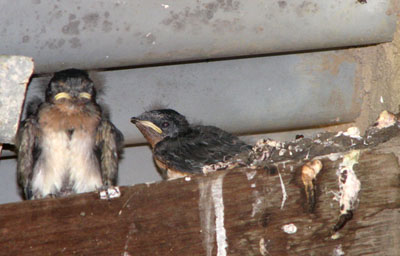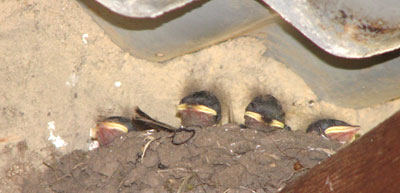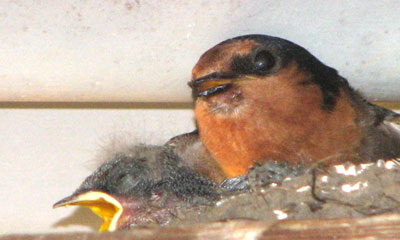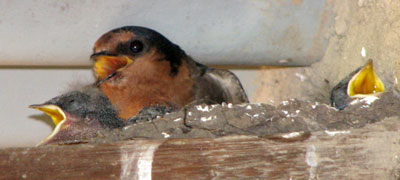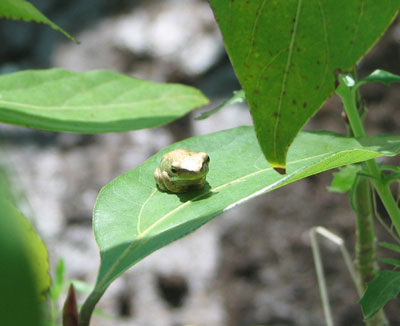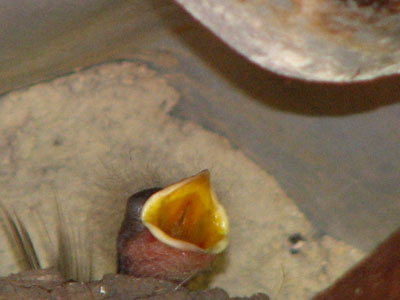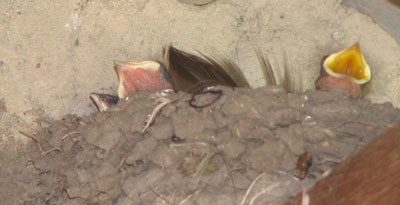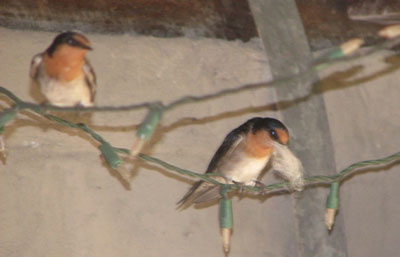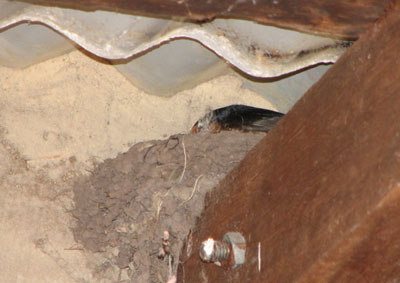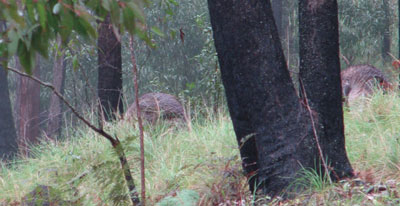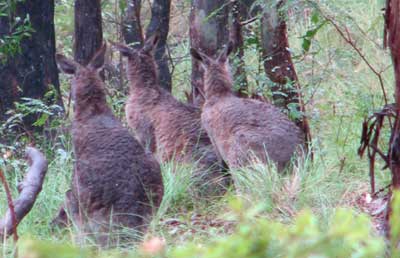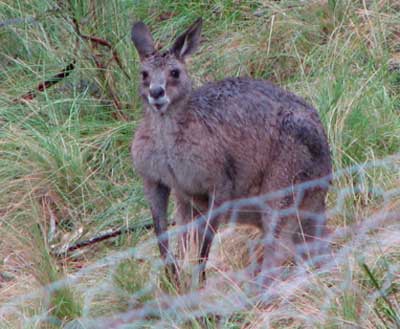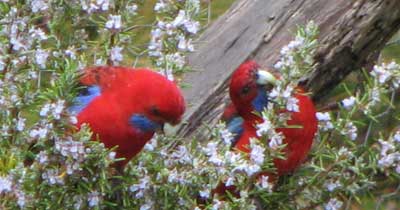Just before I went away for a few days this week, I photographed the swallow babies again.
Three were clearly visible, two in the nest and one on the rafter. I suspect the latter was the the same baby who has been the boldest ever since birth. I looked from all angles but could not see the fourth.
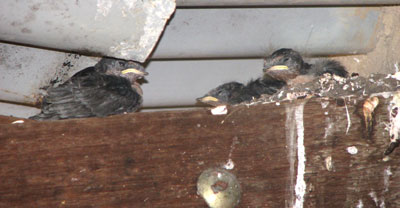
And then I did, but not by looking up. Down on the verandah, amidst all the droppings, was a bedraggled smudge of feathers: the fourth nestling. It must have fallen.
I consoled myself – and the parents – with the thought that three out of four wasn’t bad, given all the problems of feeding and squeezing into the nest and avoiding predators.

But now I am back, only three days later, and in the nest I can see two babies, fluffed up against the breeze, looking very fat and healthy, much more developed and alert. I can only see one parent bird at a time, looking much thinner and stressed, as you’d expect, keeping up with such growth.
Yet I see no sign of the third baby — up or down. No little body on the verandah. Have they smothered it in the nest?
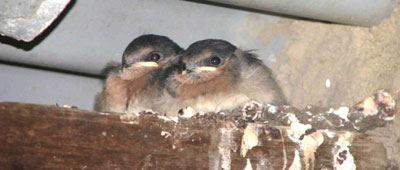
All the next day I have waited for a parent to return, to perch on the fairy lights as usual. Perhaps I missed a quick visit, but all has been quiet out there too — no twittering.
And then I can see only one bird up there, and I guess that the parents have been staying away to make them leave the nest.
This is not how I have seen them do it before, when they perched in view and called, encouraging their young to join them. I could then watch the learning-to-fly sessions.
This time it feels like abandonment; I can’t see a swallow, young or old, anywhere aerially about.
An hour later, and I have missed the moment when the last nestling set off on its own.
This is truly ’empty nest’ syndrome. But only until next year.
